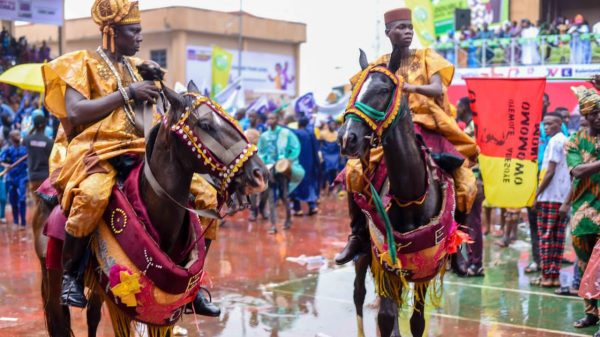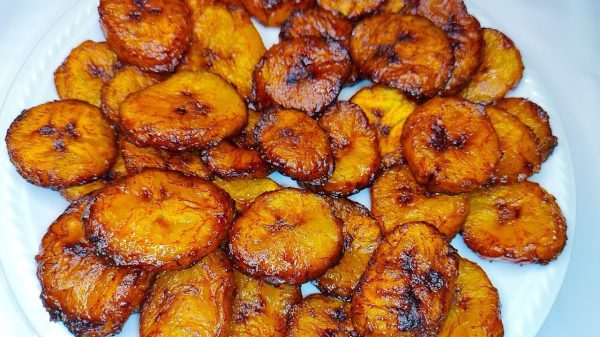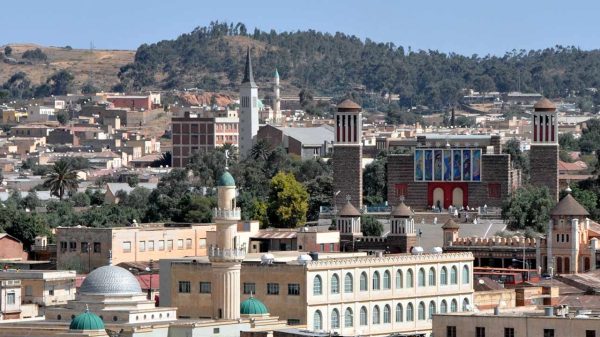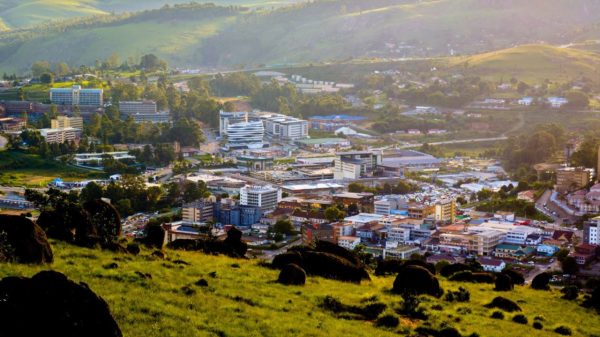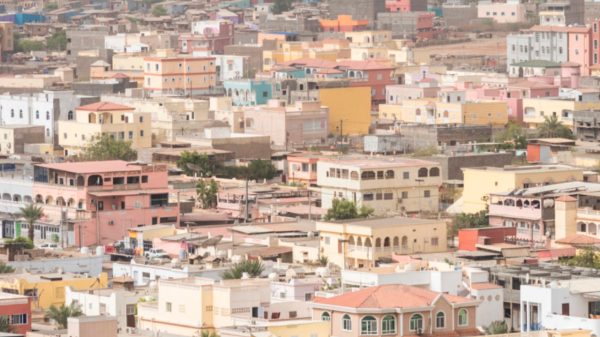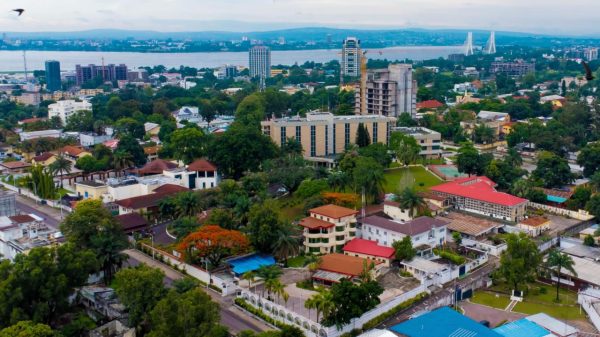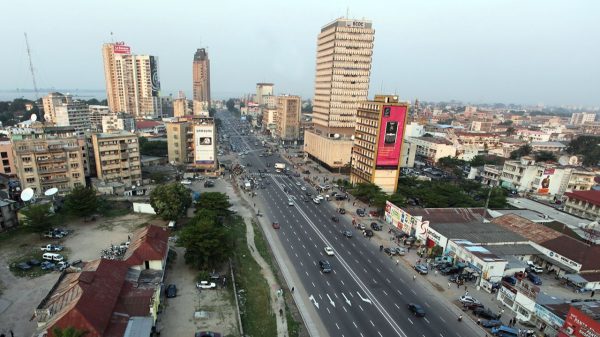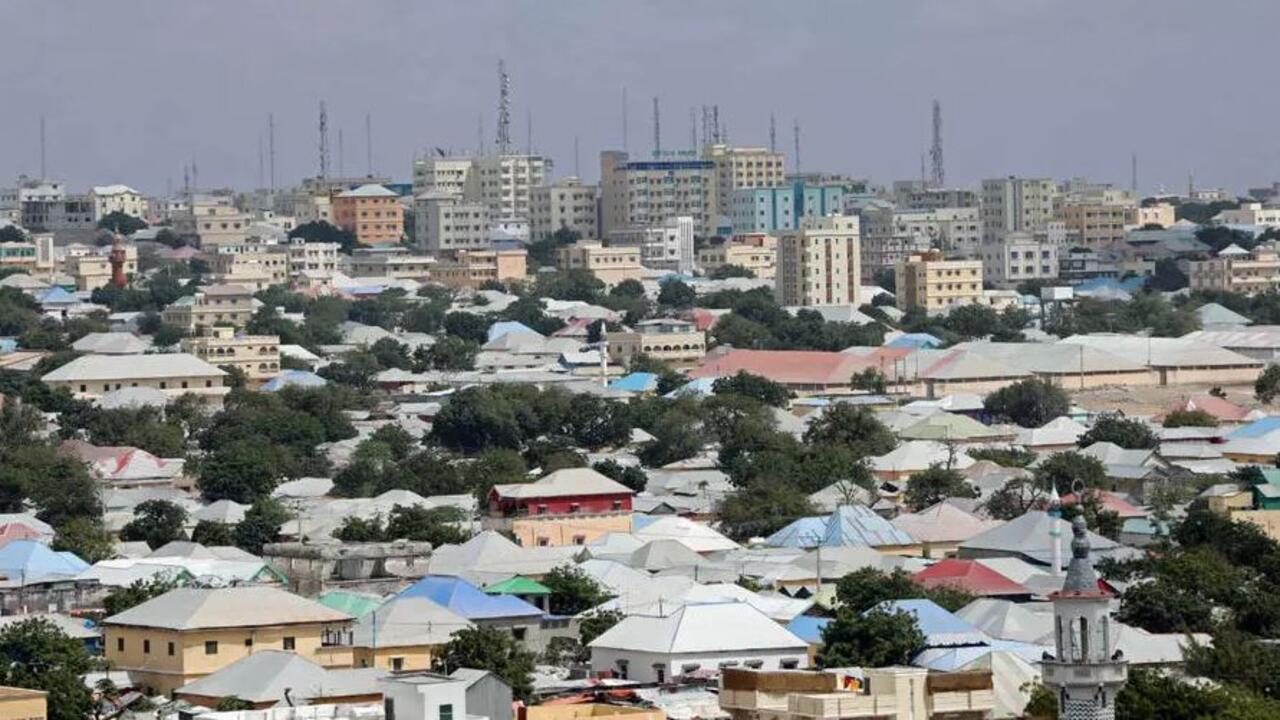Somalia is a land steeped in ancient history and vibrant culture, despite facing modern challenges.
From its strategic coastline bordering the Gulf of Aden and the Indian Ocean, which has facilitated trade for centuries, to the resilience of its nomadic heritage, Somalia offers a unique tapestry of traditions and landscapes. This nation, with its distinct Somali language and predominantly Sunni Muslim population, boasts a rich oral tradition and a strong sense of clan identity that has shaped its social and political structures. Discover 15 intriguing facets that illuminate the captivating story of Somalia.
1. Longest Coastline in Mainland Africa
Somalia boasts the longest coastline in mainland Africa, stretching approximately 3,025 kilometers along the Indian Ocean and the Gulf of Aden. This extensive coastline has historically facilitated trade and cultural exchanges with other civilizations. The coastal waters are rich in marine biodiversity, including vibrant coral reefs and various fish species, making it significant for local fisheries and biodiversity conservation.
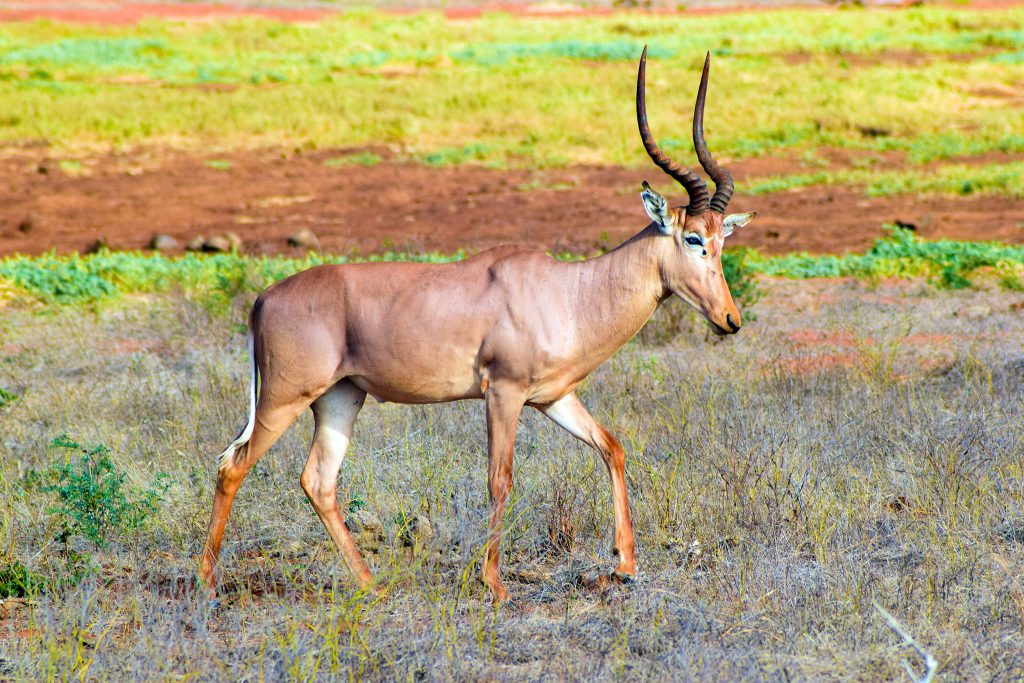
2. Land of the Moon
The name “Somalia” is believed to be derived from the words “Soo” and “Maal,” meaning “go” and “milk,” respectively. Historically, Arab traders referred to the region as the “Land of the Moon” due to its abundant resources, including precious metals and livestock. This nomenclature reflects the country’s historical significance as a hub for trade and commerce.
3. Largest Producer of Frankincense
Somalia is renowned as the world’s largest producer of frankincense, a resin obtained from the Boswellia tree. This aromatic resin has been used for centuries in perfumes, medicines, and religious rituals. The production of frankincense plays a vital role in the local economy, with many communities relying on its harvest and trade.
4. Home to Endangered Species
Somalia is home to several endangered species, including the Hirola antelope, African wild dog, and Somali lark. The country’s diverse ecosystems support a variety of wildlife, some of which are found nowhere else on Earth. Conservation efforts are crucial to protect these species from threats such as habitat loss and poaching.
5. One of the World’s Largest Camel Herds
Somalia has one of the largest camel populations globally, with over 6 million camels. Camels are integral to Somali culture and economy, serving as a source of milk, meat, and transportation. The country’s arid climate and nomadic traditions have made camel herding a sustainable livelihood for many Somalis.
6. Ancient Rock Art at Laas Geel
The Laas Geel cave complex in northern Somalia houses some of Africa’s oldest and most well-preserved rock art, dating back over 5,000 years. These paintings depict cattle, humans, and ceremonial scenes, providing insight into the region’s prehistoric culture and rituals. The site remains a significant archaeological treasure, attracting researchers and tourists alike.
7. Puntland’s Declaration of Autonomy
In 1998, the northeastern region of Somalia declared itself the autonomous state of Puntland. Unlike Somaliland, Puntland does not seek full independence but operates with its own government and administrative structures. The region has been relatively stable compared to other parts of Somalia, focusing on security and economic development.
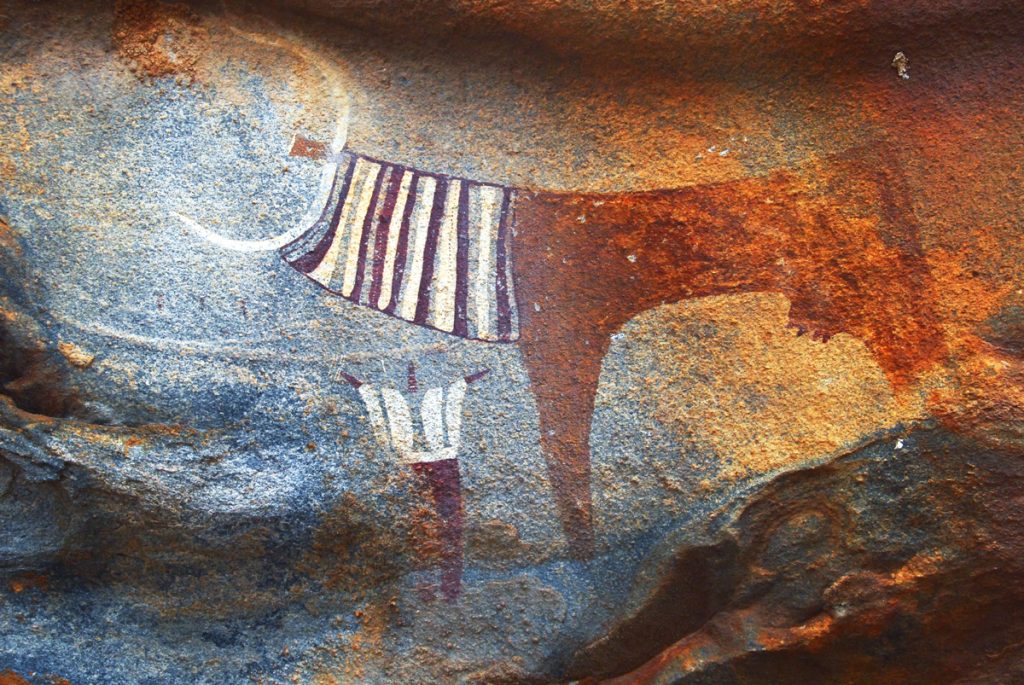
8. Somaliland’s Brief Independence
Somaliland, located in northern Somalia, was briefly an independent nation for five days in 1960 before uniting with the Trust Territory of Somaliland to form the Somali Republic. In 1991, following a civil war, Somaliland declared itself a self-governing republic and continues to operate with its own government and institutions. Despite its stability and democratic progress, it remains unrecognized by other nations.
9. Diverse Linguistic Heritage
Somalia’s official languages are Somali and Arabic. Additionally, English and Italian are used, particularly in the business and education sectors. This multilingualism reflects the country’s colonial history and its interactions with various cultures over the centuries.
10. Predominantly Sunni Muslim Population
The majority of Somalis are Sunni Muslims, and Islam plays a central role in the country’s culture, laws, and daily life. Religious practices and traditions are deeply woven into the societal fabric, influencing various aspects of governance and community relations.
11. Challenging Climate Conditions
Somalia experiences some of the highest mean annual temperatures globally, with coastal areas being hot and humid year-round, while the interior remains dry and hot. Rainfall is scarce, contributing to frequent droughts that impact agriculture and livelihoods. These challenging climate conditions have historically shaped the nomadic lifestyle of many Somalis.
12. Rich Oral Poetry Tradition
Somalia has a profound oral poetry tradition, with poetry being a highly esteemed art form. Poets hold significant social status, and their works often address themes of love, politics, and social issues. This tradition serves as a means of preserving history, culture, and language.
13. Youthful Population
Somalia has a relatively young population, with a significant proportion under the age of 30. This youthful demographic presents both opportunities and challenges for the country’s development, particularly in areas of education, employment, and social services.
14. Historical Trade Hub
Due to its strategic location along ancient trade routes, Somalia has a long history as a trade hub connecting Africa, the Middle East, and Asia. Cities like Mogadishu and Zeila were prominent centers for commerce, facilitating the exchange of goods, culture, and ideas.
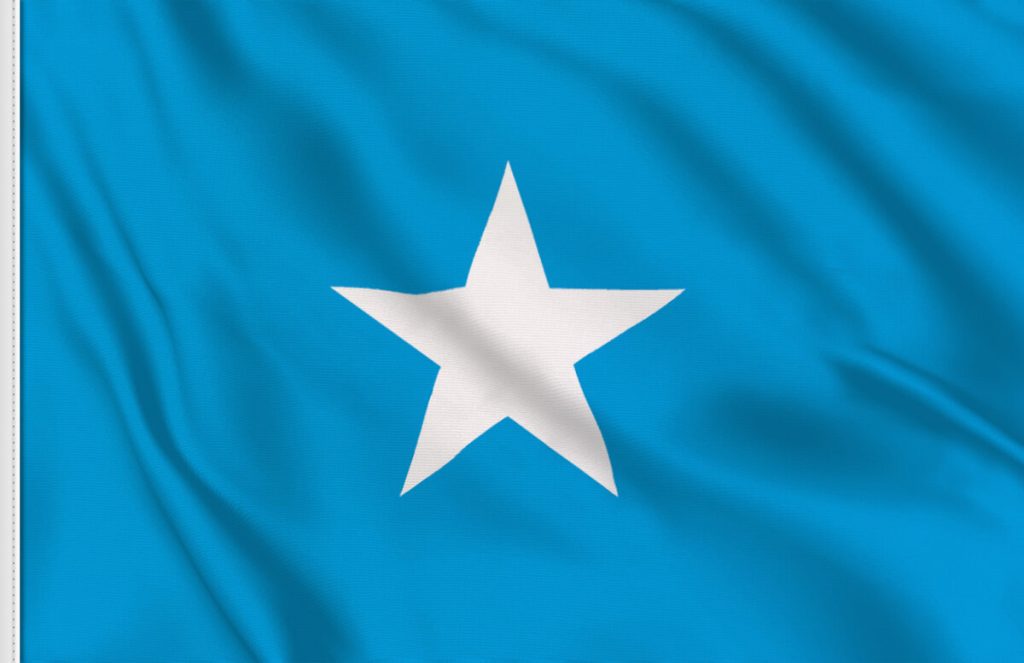
15. Unique Flag
The flag of Somalia features a white five-pointed star on a light blue field. Each point of the star represents a region with a significant Somali population: British Somaliland, Italian Somaliland, French Somaliland (now Djibouti), the Ogaden region of Ethiopia, and the Northern Frontier District of Kenya. The light blue background was influenced by the United Nations flag, acknowledging the UN’s role in Somalia’s transition to independence. Adopted on October 12, 1954, the flag symbolizes the unity of Somali-inhabited regions and their shared heritage.
Subscribe to our Newsletter
Stay updated with the latest trends in African Pop Culture!



